Find Help
More Items From Ergsy search
-
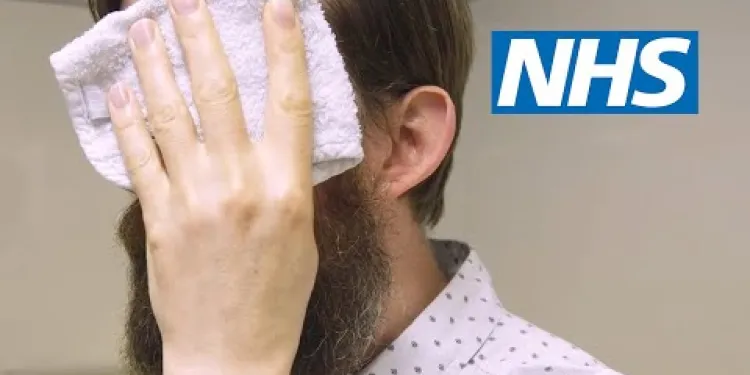
How to treat a stye | NHS
Relevance: 100%
-
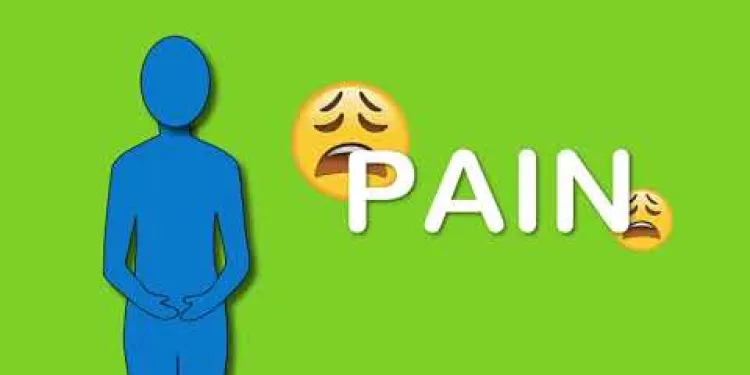
NHS STI (Sexually Transmitted Infections) Information Video
Relevance: 64%
-

What antibiotics are used to treat gonorrhoea?
Relevance: 38%
-
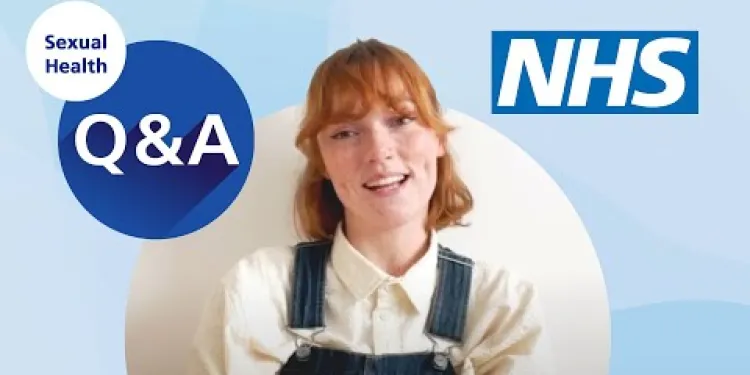
Sexually transmitted infections STIs
Relevance: 36%
-

Can HPV be treated?
Relevance: 32%
-
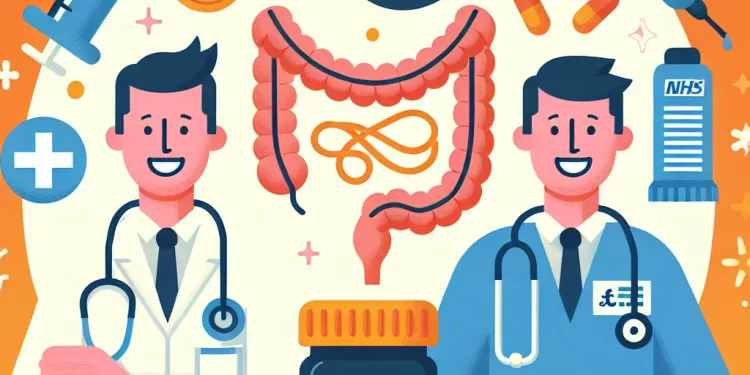
Can appendicitis be treated with antibiotics?
Relevance: 31%
-

Do chiropractors only treat the spine?
Relevance: 31%
-

Can Lyme disease be treated?
Relevance: 30%
-

Can antibiotics treat norovirus?
Relevance: 30%
-
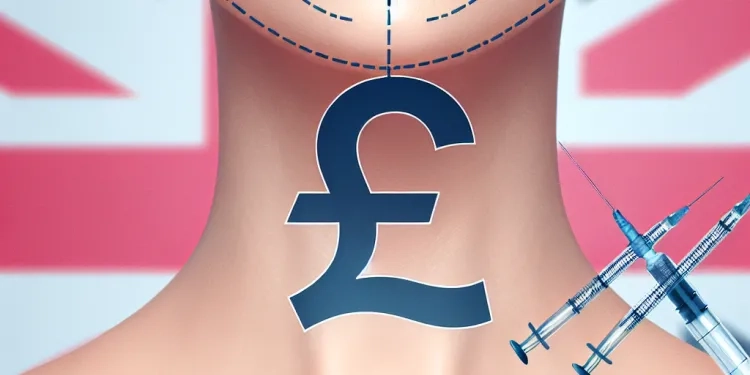
What areas can be treated with Botox?
Relevance: 30%
-

What conditions is Omeprazole used to treat?
Relevance: 29%
-
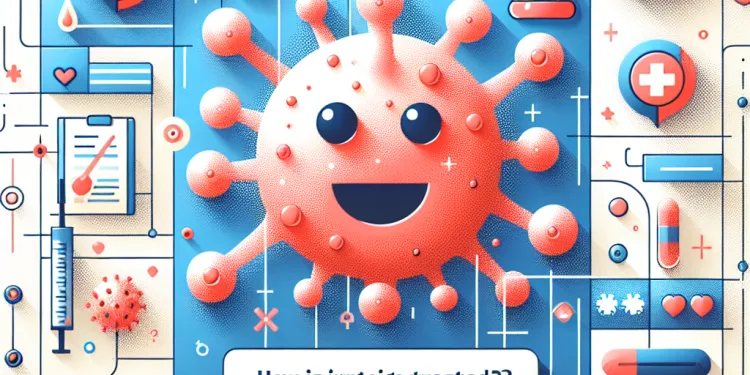
How is impetigo treated?
Relevance: 29%
-

Can methanol poisoning be treated?
Relevance: 29%
-
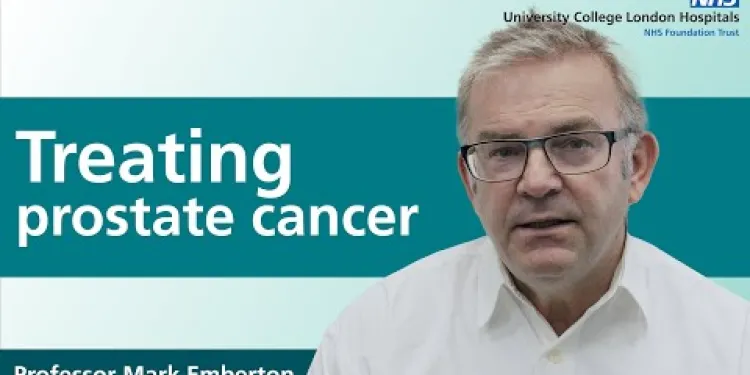
Treating prostate cancer
Relevance: 29%
-

How to treat tonsillitis | NHS
Relevance: 28%
-

Can H3N2 be treated with antiviral medications?
Relevance: 28%
-
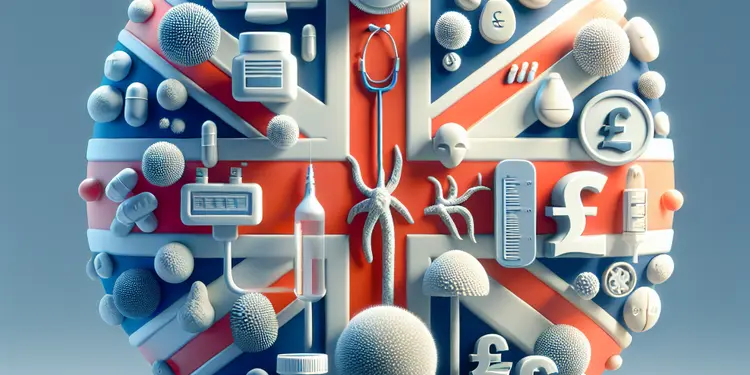
How is fungal meningitis treated?
Relevance: 28%
-
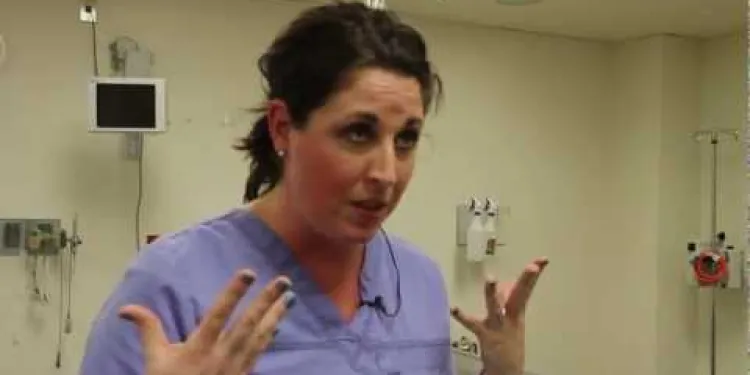
How to treat a scald burn
Relevance: 28%
-
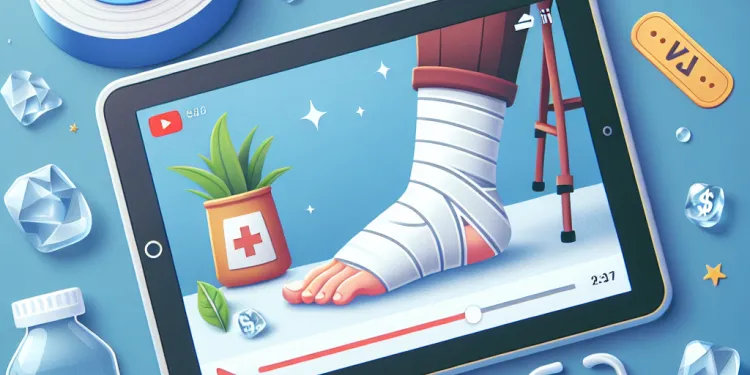
How to treat a sprained ankle
Relevance: 28%
-

How is sunburn treated?
Relevance: 28%
-
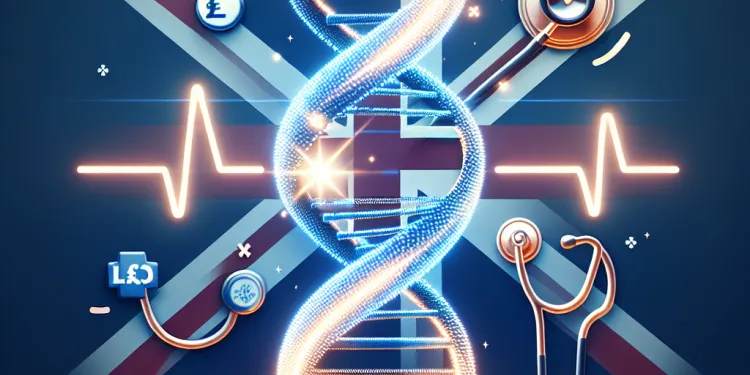
How is sickle cell disease treated?
Relevance: 27%
-
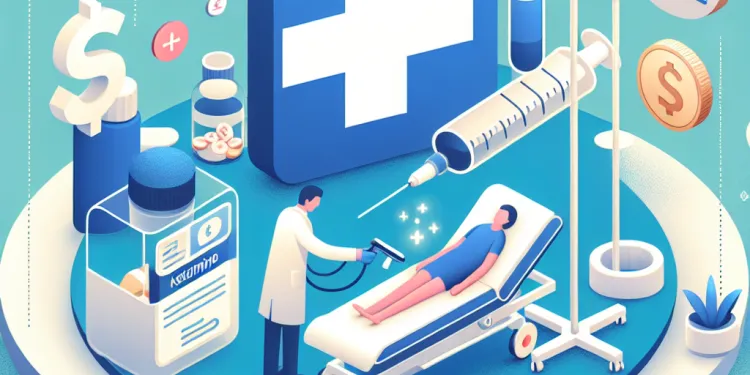
What conditions is ketamine used to treat?
Relevance: 27%
-
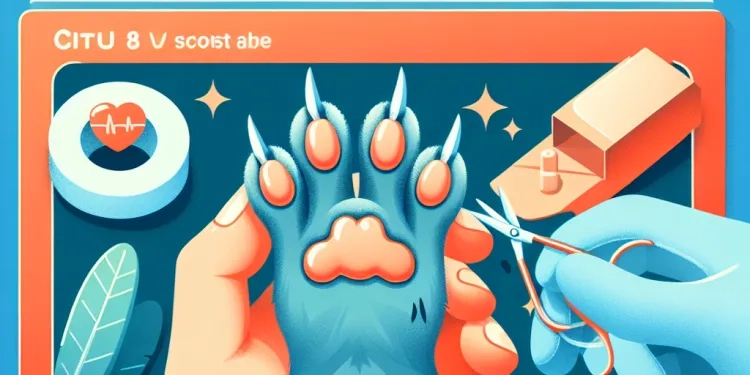
How to treat a cat bite
Relevance: 27%
-

Can E. coli infections be treated?
Relevance: 27%
-
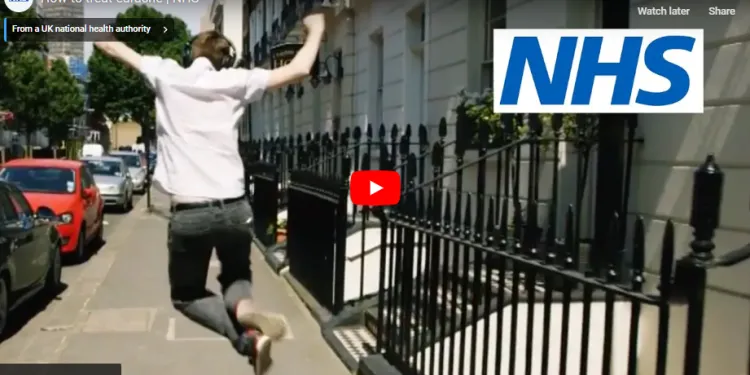
How to treat earache | NHS
Relevance: 27%
-

How do chiropractors treat back pain?
Relevance: 27%
-
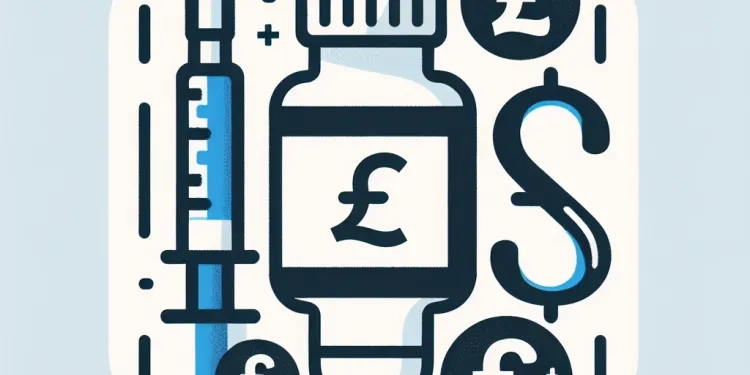
Is Teplizumab used to treat diabetes?
Relevance: 27%
-
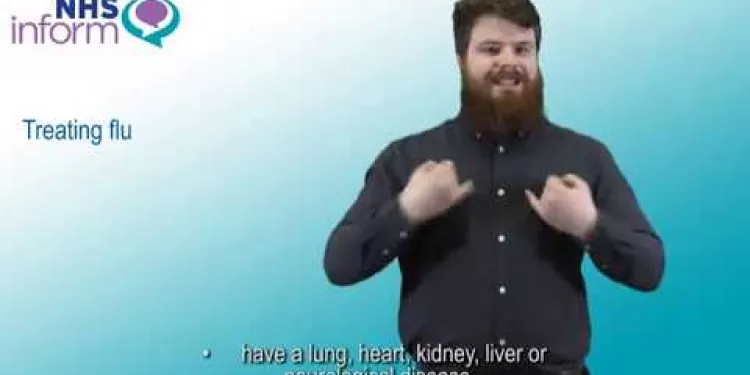
Treating flu (influenza)
Relevance: 27%
-

What is Gonorrhoea?
Relevance: 27%
-

Treating anxiety and depression - www.slam.nhs.uk
Relevance: 27%
-
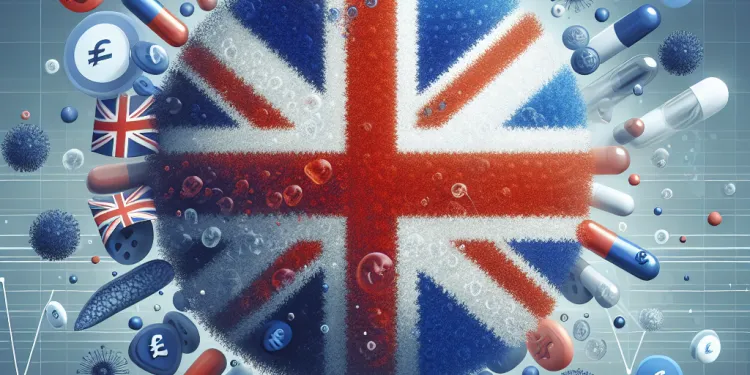
How effective are antibiotics in treating Lyme disease?
Relevance: 27%
-
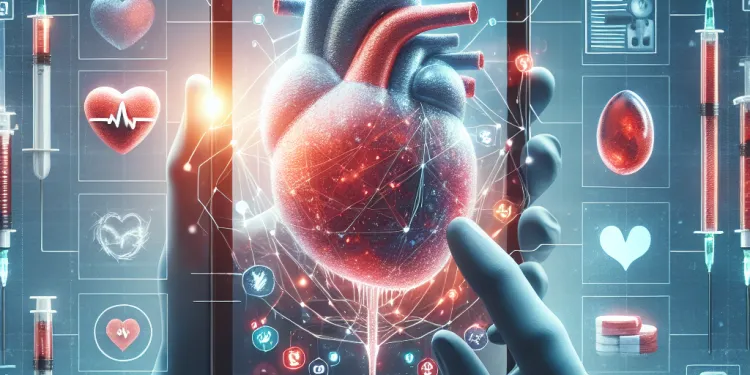
How is thrombosis treated?
Relevance: 27%
-
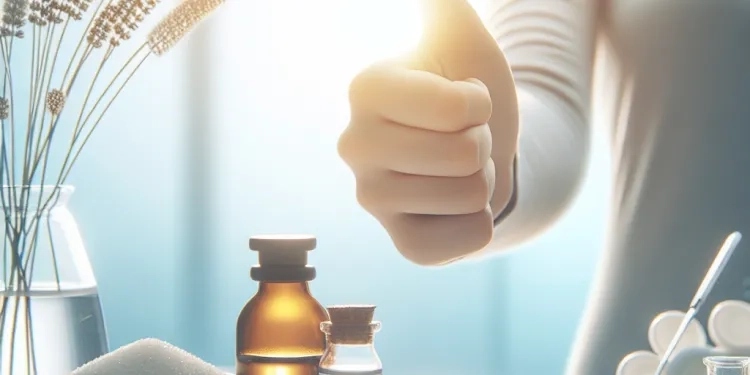
Can homeopathy treat all medical conditions?
Relevance: 27%
-
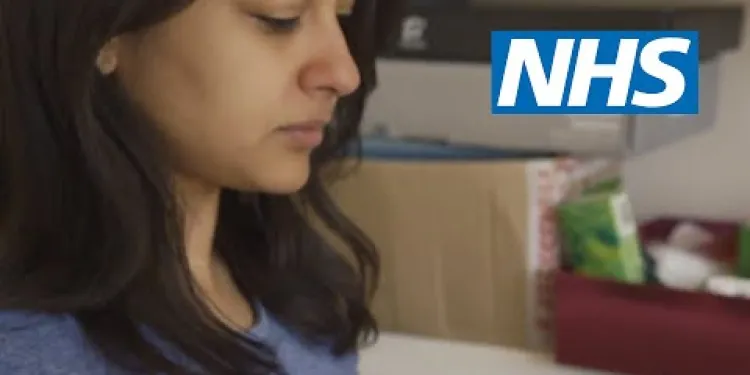
How to treat sinusitis | NHS
Relevance: 26%
-
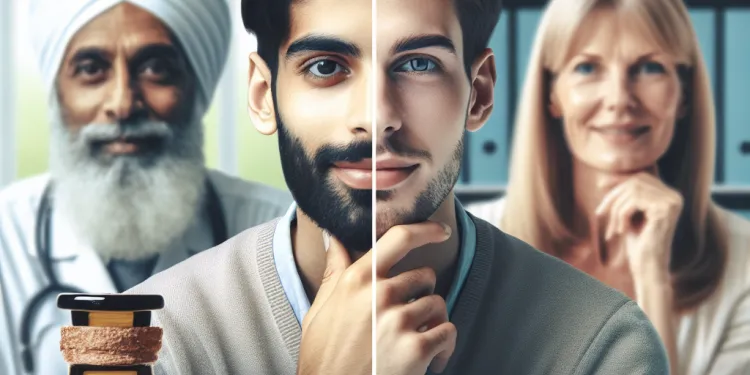
What are some common conditions treated with homeopathy?
Relevance: 26%
-

Treating a sore throat
Relevance: 26%
-
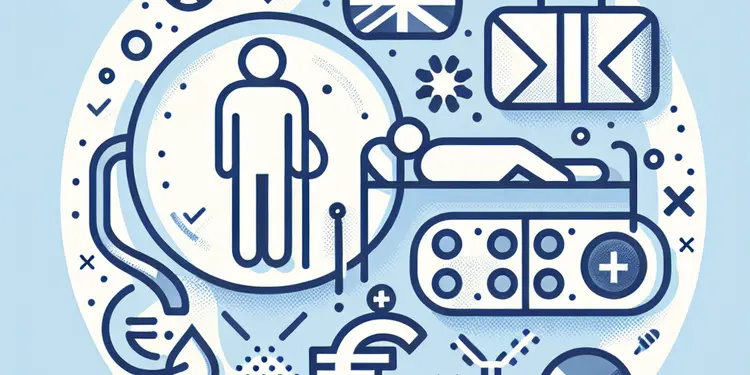
How is chronic fatigue syndrome treated?
Relevance: 26%
-
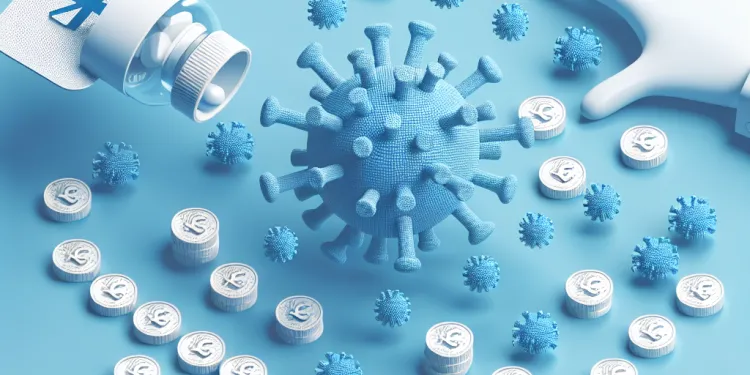
Is it safe to use aspirin to treat chickenpox symptoms?
Relevance: 26%
-
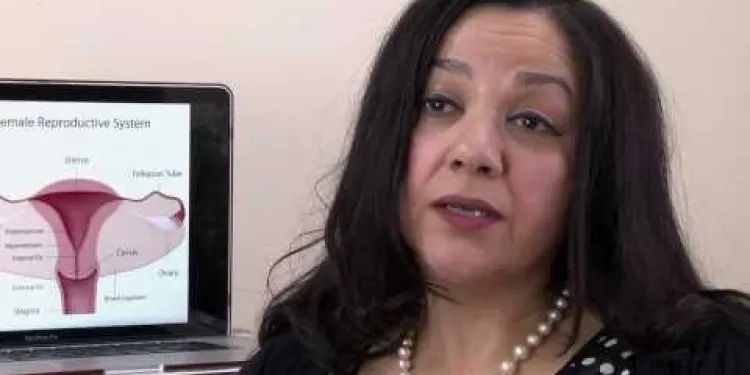
Chlamydia: The Silent Threat
Relevance: 26%
-
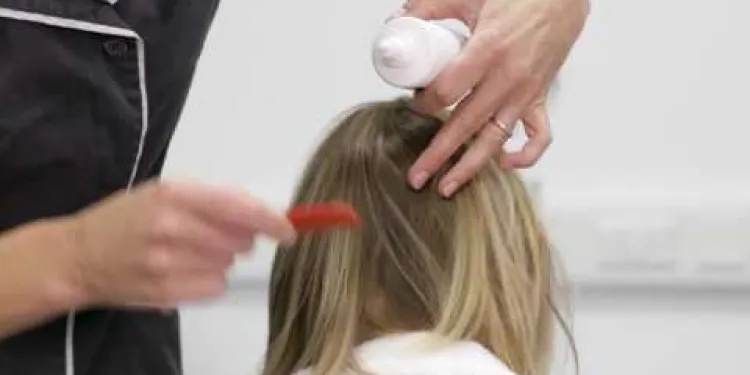
Treating scalp psoriasis
Relevance: 26%
How to Treat a Stye | NHS
Understanding a Stye
A stye is a painful, red bump that forms on the edge of your eyelid, often resembling a pimple or boil. It is caused by a bacterial infection in an eyelash follicle or oil gland. Most styes will improve on their own within a week or two, but you can take steps to alleviate discomfort and speed up healing.
Self-Care Measures
Most styes can be treated at home without the need to see a doctor. Here are some effective self-care steps you can follow:
Warm Compress
Apply a clean, warm compress to the affected area for 5-10 minutes several times a day. This can help to relieve pain, reduce swelling, and encourage the stye to drain naturally.
Maintain Eye Hygiene
Ensure that your eyes are clean. Gently wash your eyelids with warm water and mild, non-irritating soap. This can help to remove any crusts that develop and reduce the risk of further infection.
Avoid Squeezing the Stye
It might be tempting to squeeze or pop the stye, but doing so can spread the infection and worsen the condition. Allow it to burst and drain on its own.
Avoid Eye Makeup
Refrain from using makeup or contact lenses until the stye has completely healed. This can help prevent further irritation and reduce the risk of spreading the infection.
Pain Relief
If the stye is particularly painful, you may take over-the-counter pain relief such as paracetamol or ibuprofen following the dosage instructions provided.
When to See a Doctor
While most styes will resolve without medical intervention, you should seek medical advice if:
- The stye does not improve after a few days.
- Your eye becomes very painful or swollen.
- You experience vision problems.
- The redness or swelling spreads beyond the eyelid.
A healthcare professional may prescribe antibiotic ointments or, in more severe cases, perform a minor procedure to drain the stye.
Preventing Future Styes
To reduce the risk of developing styes in the future:
- Keep your hands and face clean to avoid transferring bacteria to your eyes.
- Avoid touching your eyes with unwashed hands.
- Replace eye makeup regularly and avoid sharing it with others.
- Clean your eyelids with a gentle eyelid scrub if you are prone to styes.
By following these guidelines, you can effectively manage and prevent styes, ensuring the health and comfort of your eyes.
How to Treat a Stye | NHS
Understanding a Stye
A stye is a red, sore lump on your eyelid. It looks like a pimple. It happens because of germs in an eyelash or oil gland. Most styes go away by themselves in 1 or 2 weeks. You can do things to make it feel better and heal faster.
Self-Care Steps
You can take care of most styes at home. You don't usually need to see a doctor. Here’s what you can do:
Warm Compress
Put a clean, warm, wet cloth on the stye for 5-10 minutes. Do this a few times each day. This helps with pain, swelling, and lets the stye drain naturally.
Keep Eyes Clean
Make sure your eyes are clean. Wash your eyelids gently with warm water and mild soap. This removes crusts and helps stop more germs.
Do Not Squeeze the Stye
Don’t squeeze or pop the stye. This can make the infection worse. Let it burst on its own.
Avoid Eye Makeup
Don’t use makeup or contact lenses until the stye is gone. This helps stop irritation and spreading the infection.
Pain Relief
If the stye hurts a lot, you can take pain medicine like paracetamol or ibuprofen. Follow the instructions on the packet.
When to See a Doctor
See a doctor if:
- The stye doesn’t get better after a few days.
- Your eye is very painful or swollen.
- You have trouble seeing.
- The redness or swelling goes beyond your eyelid.
A doctor might give you special cream or, if needed, do a small procedure to drain the stye.
Stop Styes from Coming Back
To help stop styes in the future:
- Keep your hands and face clean.
- Don’t touch your eyes with dirty hands.
- Buy new eye makeup often and don’t share it.
- If you get styes a lot, clean your eyelids gently.
By doing these things, you can take care of styes and keep your eyes healthy and comfortable.
Frequently Asked Questions
What is a stye?
A stye is a red, painful lump near the edge of your eyelid that may look like a boil or a pimple. Styes are often filled with pus and are caused by bacterial infection.
What are the symptoms of a stye?
Symptoms include a painful red lump on the eyelid, swelling of the eyelid, tenderness, and the eye may water more than usual.
How long does a stye last?
A stye usually lasts for about a week, but it can clear up within a few days with proper care.
Should I see a doctor for a stye?
You usually do not need to see a doctor for a stye as it often clears up on its own. However, if the stye is not improving after a week, if it is extremely painful, if it affects your vision, or if you have recurring styes, you should see a GP.
What can I do at home to treat a stye?
You can treat a stye at home by applying a warm compress to the affected area for 5 to 10 minutes several times a day. This can help the stye to drain and heal faster.
Can I pop a stye?
No, you should never try to pop a stye. Popping a stye can spread the infection and make the condition worse.
Is it okay to wear contact lenses with a stye?
It is best to avoid wearing contact lenses until the stye has healed, as they can worsen the irritation and spread the infection.
Can I wear makeup if I have a stye?
It is recommended not to wear makeup until the stye has fully healed. Makeup can irritate the stye and possibly cause more infection.
How do I prevent getting styes?
To prevent styes, maintain good eye hygiene by washing your hands regularly, avoiding touching your eyes, and not sharing towels or face cloths.
Can stress cause a stye?
Stress itself does not cause styes, but it can lower your immune system, making you more susceptible to infections, including styes.
Can a stye spread to the other eye?
Yes, a stye can spread to the other eye if you are not careful with hygiene. Make sure to wash your hands thoroughly and avoid touching or rubbing your eyes.
Is a stye contagious?
Styes themselves are not contagious, but the bacteria causing them can be. Practicing good hygiene can help prevent spreading the bacteria.
Do styes always have pus?
Not all styes have visible pus. Some styes may appear as a red, swollen lump without a noticeable head.
Are styes common?
Yes, styes are quite common and can affect people of all ages. Most people will experience at least one in their lifetime.
Can poor hygiene cause a stye?
Poor hygiene can increase the risk of developing a stye. Regularly washing your hands and face and keeping your eye area clean can help prevent styes.
What is a stye?
A stye is a small, red bump that can appear on your eyelid. It looks like a pimple. It can be sore and make your eye feel itchy.
Tip: If you have trouble reading, try using audiobooks or ask someone to read with you. These can help you understand better.
A stye is a sore, red bump near the edge of your eyelid. It looks like a small boil or pimple. Styes are often filled with yellow stuff called pus because of germs.
What are the signs of a stye?
A stye is a small, red bump on your eyelid. It might hurt. Here is what you might feel:
- Your eyelid hurts or feels sore.
- Your eye gets puffy or swollen.
- Your eye might water a lot.
- You might see a little bump or spot on your eyelid.
If you think you have a stye, it can help to talk to a grown-up or visit a doctor. Warm, wet cloths can help make your eye feel better. Always wash your hands before you touch your eyes.
Signs include a sore, red bump on your eyelid, a puffy eyelid, feeling sore when you touch it, and your eye might cry more than normal.
How long does a stye stay?
A stye is a red, sore bump on your eyelid.
Most styes go away in a week or two.
To feel better, you can:
- Put a warm, wet cloth on your eye.
- Rest your eye.
- Try not to touch or rub your eye.
A stye is a small bump on your eyelid. It usually goes away in about a week. But if you take good care of it, it can go away in just a few days.
Do I need to visit a doctor for a stye?
A stye is a bump on your eyelid. It can be sore and red.
Most styes get better on their own. You can try these things to help:
- Put a warm, wet cloth on your eye for a few minutes.
- Do this a few times a day.
- Keep your eye clean.
If the stye does not get better or it hurts a lot, see a doctor.
Remember, doctors are there to help you feel better.
You usually do not need to see a doctor for a stye. A stye is like a small bump on your eyelid. It often goes away by itself. But, if the stye is still there after a week, hurts a lot, makes it hard to see, or if you keep getting them, you should go to the doctor.
How can I help a stye at home?
A stye is a sore bump on the eyelid. Here are simple things you can do to feel better:
- Put a warm cloth on your eye for 10 minutes. This can help the bump go away.
- Do this 3 to 4 times a day. Be gentle and careful.
- Always wash your hands before and after touching your eyes.
- Do not squeeze or pop the stye. This can make it worse.
- If it hurts a lot or does not go away, tell a grown-up. You might need to see a doctor.
Tools you can use:
- A clean washcloth or a clean towel
- Warm water
These steps can help your eye feel better!
You can help a stye at home. Use a warm cloth. Put it on the sore eye for 5 to 10 minutes. Do this a few times each day. It can help the stye heal faster.
Can I pop a stye?
A stye is a little bump on your eyelid. It can hurt. Do not pop a stye. Popping it can make it worse.
What to Do:
- Place a warm cloth on your eye 3 to 4 times a day.
- Keep your eye clean.
- Let the stye heal by itself.
Tools to Help:
- Use a timer to remind you to use the warm cloth.
- Ask a grown-up to help you.
No, don't try to pop a stye. Popping it can make the infection spread. This will make things worse.
Can I wear contact lenses if I have a stye?
Do not wear contact lenses if you have a stye. It can make your eye more sore and spread germs.
Can I wear makeup if I have a stye?
A stye is a sore bump on your eyelid. It can hurt and feel itchy.
If you have a stye, it is best not to wear makeup. Makeup can make it take longer to get better. It is important to keep the area clean and let it heal.
Ask an adult to help you clean your eyes gently with warm water. Let the stye get better before using makeup on your eyes again.
It is best not to wear makeup until the stye is all better. Makeup can bother the stye and might make the infection worse.
How can I stop styes from happening?
To stop getting styes in your eyes, keep your eyes clean. Wash your hands often. Do not touch your eyes. Do not share towels or face cloths with other people.
Can stress give you a stye?
Yes, stress can sometimes give you a stye. A stye is a sore bump on your eyelid. It can hurt and feel uncomfortable.
Some helpful tips if you have a stye:
- Use a warm washcloth and place it gently on your eye for a few minutes. It can help make the stye feel better.
- Try to relax and take deep breaths. This can help lower stress.
- Make sure to wash your hands often and keep your eyes clean.
- If the stye does not get better, talk to a doctor.
Stress does not make styes. But stress can make your body's defenses weak. This makes it easier to get infections like styes.
Can a Stye Move to the Other Eye?
A stye is a small, red bump on your eyelid. It can hurt and feels sore. It is like a little pimple.
A stye is caused by bacteria. It is usually in one eye. But sometimes, the bacteria can spread. This means you could get a stye in the other eye too.
Here are some ways to stop a stye from spreading:
- Wash your hands often. Clean hands help keep bacteria away.
- Do not touch or rub your eyes. This can spread germs.
- Use a warm, wet cloth to gently clean your eyelids. This can help make the stye better.
- Try not to share towels, washcloths, or pillows with others. This can stop the germs from spreading.
If the stye does not get better, or if it spreads, it is a good idea to see a doctor.
Yes, a stye can move to your other eye if you're not careful. Wash your hands really well and don't touch or rub your eyes.
Some helpful things you can do:
- Wash your hands with soap before touching your face.
- Use a clean towel for your face.
- Try not to touch or rub your eyes.
Can you catch a stye from someone else?
A stye is a red, sore bump on your eyelid. It is usually caused by bacteria. A stye itself does not spread from person to person. But the bacteria can spread if you touch the stye and then touch someone else.
Here are some tips to stay safe:
- Wash your hands often.
- Do not touch or rub your eyes.
- Use clean towels and washcloths.
- If your eyes hurt or you have questions, tell a grown-up or see a doctor.
A stye is not something you can catch from someone else, but the germs (tiny bugs) that cause it can spread. It’s important to keep clean to stop these germs from spreading.
Do styes always have pus in them?
A stye is a sore bump on your eyelid. Sometimes it has pus inside. Pus looks like a white or yellow liquid. But not all styes have pus. If you have a stye, you can talk to a doctor or a nurse. They can help you.
Here are some tips:
- Use a warm, wet cloth on your eye to feel better.
- Do not squeeze or poke the stye.
- Wash your hands to keep germs away.
Sometimes, styes do not have pus that you can see. Some styes just look like a red, swollen bump without a white spot on top.
Do many people get styes?
Yes, lots of people get styes. People of all ages can have them. Most people will get at least one stye in their life.
Tip: Try using a warm washcloth on your eye. It can help!
Can not being clean make a stye?
Not keeping clean can make it easier to get a stye. Wash your hands and face often. Keep your eyes clean to stop styes.
Useful Links
- Ergsy carfully checks the information in the videos we provide here.
- Videos shown by Youtube after a video has completed, have NOT been reviewed by ERGSY.
- To view, click the arrow in centre of video.
- Most of the videos you find here will have subtitles and/or closed captions available.
- You may need to turn these on, and choose your preferred language.
- Go to the video you'd like to watch.
- If closed captions (CC) are available, settings will be visible on the bottom right of the video player.
- To turn on Captions, click settings .
- To turn off Captions, click settings again.
More Items From Ergsy search
-

How to treat a stye | NHS
Relevance: 100%
-

NHS STI (Sexually Transmitted Infections) Information Video
Relevance: 64%
-

What antibiotics are used to treat gonorrhoea?
Relevance: 38%
-

Sexually transmitted infections STIs
Relevance: 36%
-

Can HPV be treated?
Relevance: 32%
-

Can appendicitis be treated with antibiotics?
Relevance: 31%
-

Do chiropractors only treat the spine?
Relevance: 31%
-

Can Lyme disease be treated?
Relevance: 30%
-

Can antibiotics treat norovirus?
Relevance: 30%
-

What areas can be treated with Botox?
Relevance: 30%
-

What conditions is Omeprazole used to treat?
Relevance: 29%
-

How is impetigo treated?
Relevance: 29%
-

Can methanol poisoning be treated?
Relevance: 29%
-

Treating prostate cancer
Relevance: 29%
-

How to treat tonsillitis | NHS
Relevance: 28%
-

Can H3N2 be treated with antiviral medications?
Relevance: 28%
-

How is fungal meningitis treated?
Relevance: 28%
-

How to treat a scald burn
Relevance: 28%
-

How to treat a sprained ankle
Relevance: 28%
-

How is sunburn treated?
Relevance: 28%
-

How is sickle cell disease treated?
Relevance: 27%
-

What conditions is ketamine used to treat?
Relevance: 27%
-

How to treat a cat bite
Relevance: 27%
-

Can E. coli infections be treated?
Relevance: 27%
-

How to treat earache | NHS
Relevance: 27%
-

How do chiropractors treat back pain?
Relevance: 27%
-

Is Teplizumab used to treat diabetes?
Relevance: 27%
-

Treating flu (influenza)
Relevance: 27%
-

What is Gonorrhoea?
Relevance: 27%
-

Treating anxiety and depression - www.slam.nhs.uk
Relevance: 27%
-

How effective are antibiotics in treating Lyme disease?
Relevance: 27%
-

How is thrombosis treated?
Relevance: 27%
-

Can homeopathy treat all medical conditions?
Relevance: 27%
-

How to treat sinusitis | NHS
Relevance: 26%
-

What are some common conditions treated with homeopathy?
Relevance: 26%
-

Treating a sore throat
Relevance: 26%
-

How is chronic fatigue syndrome treated?
Relevance: 26%
-

Is it safe to use aspirin to treat chickenpox symptoms?
Relevance: 26%
-

Chlamydia: The Silent Threat
Relevance: 26%
-

Treating scalp psoriasis
Relevance: 26%


